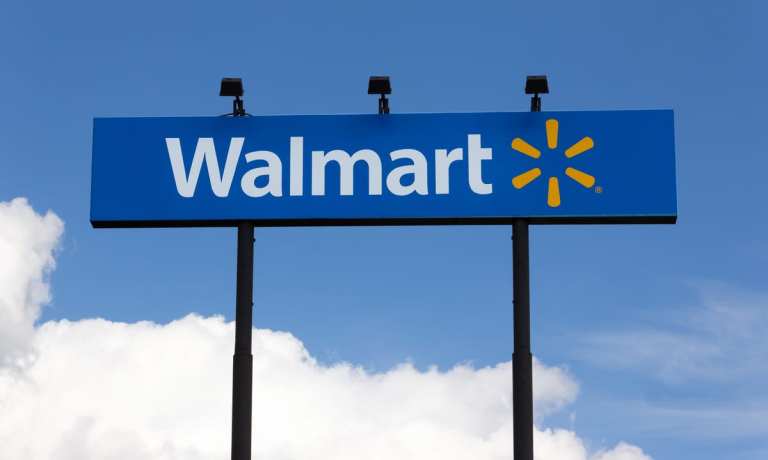Walmart AR Brings Michelle Obama’s Netflix ‘Waffles’ To Store Aisles

While Walmart has been a leader in interactive shoppable grocery content for some time, the content suite has until now remained an exclusively online. On Tuesday (July 6), the company debuted an augmented reality (AR) experience that brings its Hidden World of Waffles + Mochi series into brick-and-mortar aisles. The update to the series encourages children to engage through QR codes printed on signs, showing the series’ characters throughout the store with the help of image-recognition technology, according to an announcement emailed to PYMNTS.
The launch is part of Walmart’s existing partnership with the creators of Netflix’s Waffles + Mochi, a television series in which Michelle Obama and a team of puppets cook recipes from around the world together. The partnership features games, videos, and recipes that guide children and parents to Walmart’s eCommerce offerings. In addition to this series, Walmart also has a range of other shoppable videos and games for families online, including summer camp-inspired at-home activities. Additionally, for adults without children, the retailer’s Cookshop series taps celebrity hosts including Sofia Vergara, Jamie Oliver and the Pioneer Woman, among others, to create eCommerce-integrated recipe videos.
These online content suites were designed to bring novelty to consumers stuck at home. Now that more than two-thirds of U.S. adults are vaccinated, consumers are returning to stores. PYMNTS research from our March study, The New Digital Consumer: How The Pandemic Has Reshaped Consumers’ Shopping Behaviors, found that, before being vaccinated, 4 in 10 consumers reported that they would shop more in grocery stores once a vaccine was available.
AR technology allows Walmart to continue to leverage these properties for the brick-and-mortar shopper.
These investments in grocery can be crucial for Walmart, given that the category makes up the bulk of Walmart’s sales. In the year ending January 31, 2021, 56 percent of Walmart’s U.S. net sales came from grocery, as did two-thirds of Sam’s Club’s net sales, according to the company’s annual report.
Given the centrality of the category, the company has been making investments in its eGrocery offerings, looking to make consumers online behavior stick as stores reopen. In the past several months, Walmart has announced an artificial intelligence (AI) powered grocery substitution recommendation tool, new online grocery advertising capabilities, and a significant investment in drone delivery.
These investments will be key as consumers continue to shop for groceries online. PYMNTS’ study, The Bring-It-To-Me Economy: How Online Marketplaces And Aggregators Drive Omnichannel Commerce, created in collaboration with Carat by Fiserv, finds that 72 percent of grocery shoppers now order their groceries online for delivery, with 28 percent more ordering for curbside pickup.
In its most recent quarter, Walmart gained share in grocery, especially in perishables including meat, produce, and bakery. The news of the retailer’s strength in the category followed a leaked memo showing significant anxiety about losing share to competitors. The memo noted that grocery is the “growth engine of the business,” suggesting that the investments that the company is currently making both in guiding consumers to its grocery offerings and in improving the online experience are central to the retailer’s strategy going forward.